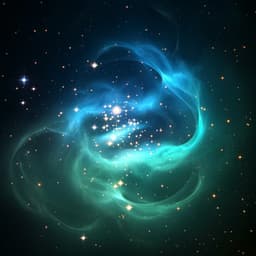
Physics
Multi-messenger observations of double neutron stars in Galactic disk with gravitational and radio waves
W. Feng, J. Chen, et al.
This groundbreaking research by Wen-Fan Feng, Jie-Wen Chen, Yan Wang, Soumya D Mohanty, and Yong Shao explores the potential of detecting elusive double neutron stars in the Milky Way using advanced gravitational wave detectors and innovative radio telescopes. Discover how simulations can predict the future of these cosmic phenomena!
Playback language: English
Related Publications
Explore these studies to deepen your understanding of the subject.







